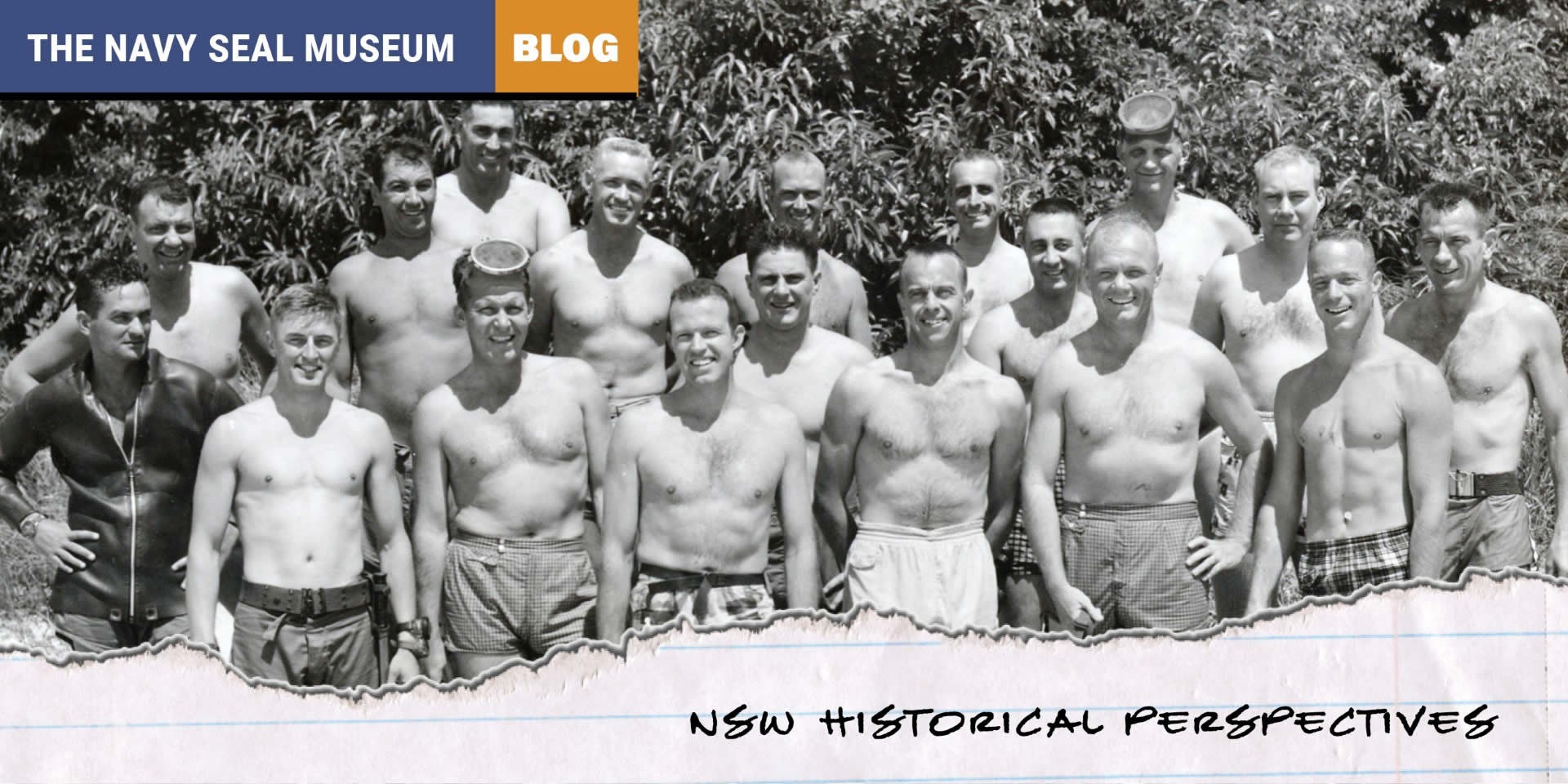
Navy SEALs and the 1990 Gulf War
On 2 August 1990, Iraqi President Saddam Hussein’s military forces invaded Kuwait, resulting in the deployment of a 33-nation coalition to stem Iraq’s aggression. Operation DESERT SHIELD was a United States-led force that involved a hasty military buildup. Navy SEALs were among the first U.S. military units employed in the Persian Gulf. This was their first large-scale conflict deployment since the Vietnam War. The Gulf War consisted of two phases: Operation DESERT SHIELD (2 August 1990 – 17 January 1991) and Operation DESERT STORM (17 January 1991 – 28 February 1991).
In early August, SEALs conducted a maritime deception mission; a feint demolition operation that convinced Iraqi defenders that an amphibious landing was imminent. As a result, the Iraqis committed more forces to the coast, making them more vulnerable to the subsequent thrust into central Kuwait by U.S. Marines.
Navy SEALs were actively involved in special reconnaissance, diversionary raids, and Visit, Board, Search, and Seizure (VBSS) maritime interception operations. SEALs based on the aircraft carrier John F. Kennedy helped enforce sanctions against the Iraqi regime by searching suspicious shipping throughout the Persian Gulf. One such operation was against a freighter suspected of laying mines.
SEALs went on to destroy a Tomahawk cruise missile that had crashed in the desert before reaching its target, conducted numerous beach and land-border reconnaissance missions, combat search and rescue missions, and mine countermeasures missions. SEALs also liberated the first Kuwaiti territory, captured the first enemy prisoners of war, and were among the first U.S. units to enter and liberate Kuwait City.


